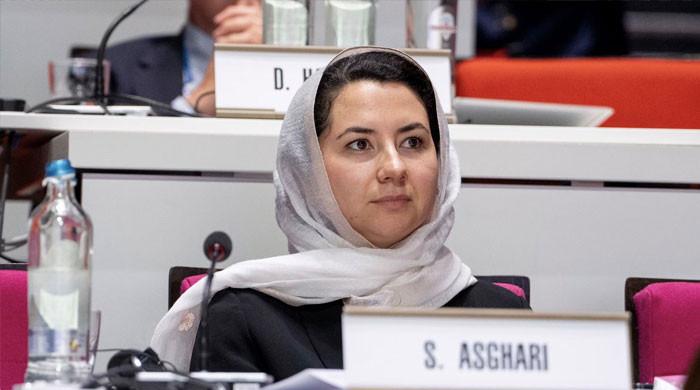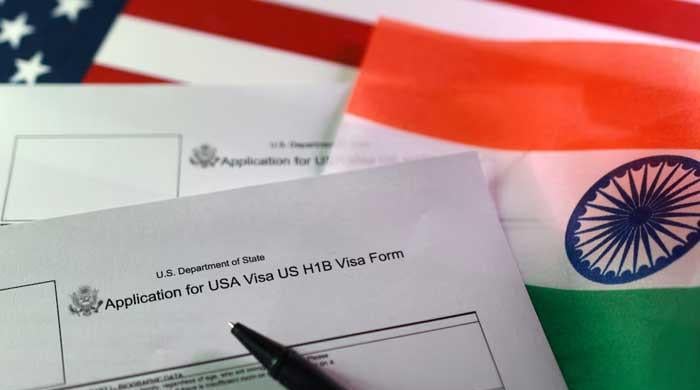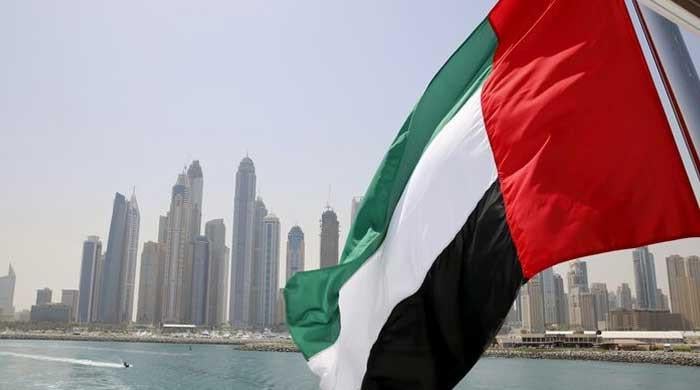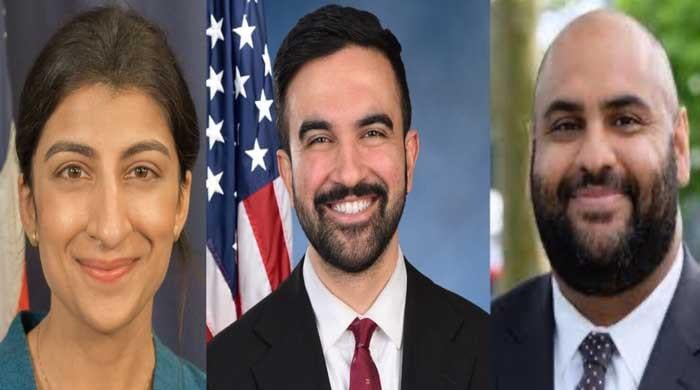Here is the full list of Least Developed Countries in the world
Around 1.1 billion people, or 14% of the world's population, reside in the 46 Least Developed Countries today
March 05, 2023
The United Nations released a list of least developed countries which includes 46 countries from all over the globe. In a statement, the secretary-general of the UN, Antonio Guterres said that "least developed countries contribute less than 4% of the world’s greenhouse gases", adding that governments and businesses must put an end to climate injustice.
The UN and other partners are assembling in Doha, Qatar, three years after the planet started to implode as COVID-19 took hold, to deliver a historic new compact to support the nations whose vulnerabilities the pandemic most revealed.
Every ten years, the Least Developed Countries Conference, or LDC, convenes. This year's conference, known as LDC5, which will be held from March 5 to 9, 2023, will put a special emphasis on helping the 46 designated countries get back on track to sustainable development and elevating their needs to the top of the global agenda.
What is a Least Developed Country?
The Least Developed Countries (LDCs) are nations on the United Nations' list of those with the lowest socioeconomic development indicators across a variety of indices. According to data from the World Bank, the gross national per capita income (GNI) of all LDCs is less than US$1,018. For comparison, the GNIs of the US ($71,000), France ($44,000), Turkey ($9,900), and South Africa ($6,530), are all higher.
These nations also score poorly on indices of nutrition, health, enrollment in schools, and literacy, while scoring highly on indicators of economic and environmental fragility, which take into account things like isolation, reliance on agriculture, and vulnerability to natural disasters.
Nowadays, there are 46 LDCs, the majority of which are located in Africa. Every three years, the UN Economic and Social Council reviews the list. Six nations left the LDC category between 1994 and 2020, according to the UN Office of the Coordination of Humanitarian Affairs or OCHA.
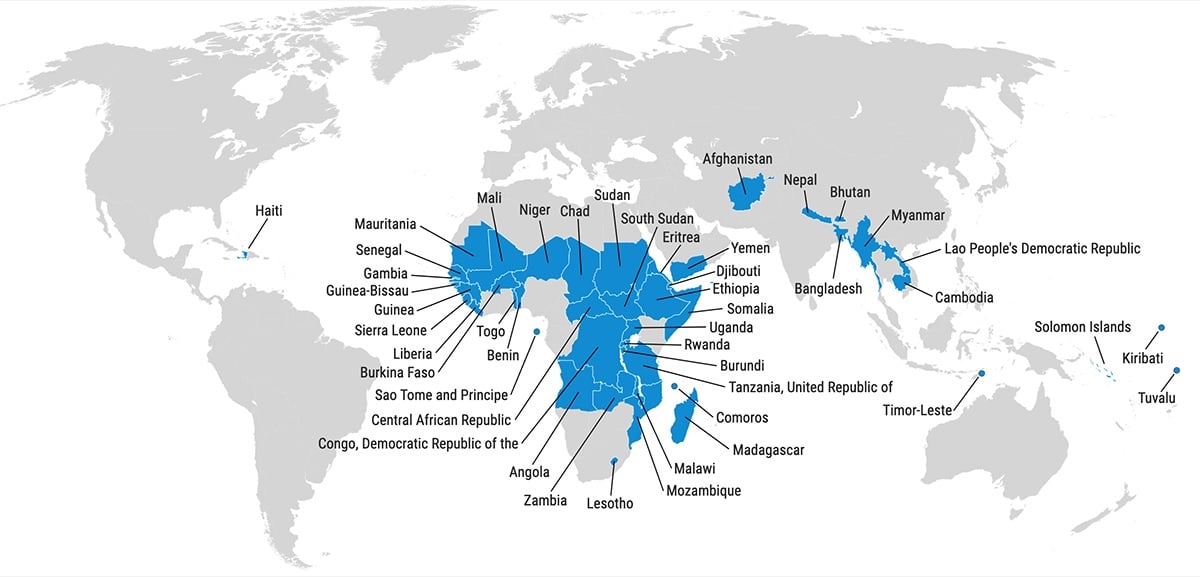
Challenges facing least developed countries
Around 1.1 billion people, or 14% of the world's population, reside in the 46 LDCs today, and more than 75% of them are still living in poverty.
LDCs are more in danger than other nations of experiencing further poverty and underdevelopment. Together with external economic shocks, natural and man-made disasters, communicable diseases, and most importantly, climate change, they are equally vulnerable.
The Earth is currently projected to warm by around 2.7°C this century, which would be catastrophic for LDCs. These nations face some of the largest risks from climate change despite having made the smallest contributions to carbon emissions.
All LDCs struggle with debt, and four of them—Mozambique, Sao Tome and Principe, Somalia, and Sudan—are considered to be in financial crisis. Another 16 LDCs are considered to be in high danger of financial hardship.
LDCs hence demand the greatest amount of attention from the global community.
What is Doha Programme of Action?
The development plan for LDCs adopted in March 2022 is known as the Doha Plan of Action or DPoA.
It has six main areas of focus:
- overcoming poverty and enhancing capability.
- use innovation, science, and technology to combat vulnerabilities and accomplish the SDGs.
- promoting structural change as a source of prosperity.
- improving regional integration and LDCs' access to international trade.
- addressing issues including climate change, environmental degradation, COVID-19 pandemic recovery, and creating resilience to shocks in the future.
- mobilising global cooperation and reviving international alliances.
Is Pakistan on the list of Least Developed Countries?
Pakistan is not among the list of the 46 countries that are considered to be least developed. Our neighbours Afghanistan and Bangladesh are both on the list. Following is the full list of Least Developed Countries by the UN as of March 2023:
Africa (33):
Angola, Benin, Burkina Faso, Burundi, Central African Republic, Chad, Comoros, Democratic Republic of the Congo, Djibouti, Eritrea, Ethiopia, Gambia, Guinea, Guinea-Bissau, Lesotho, Liberia, Madagascar, Malawi, Mali, Mauritania, Mozambique, Niger, Rwanda, Sao Tome and Principe, Senegal, Sierra Leone, Somalia, South Sudan, Sudan, Tanzania, Togo, Uganda, and Zambia
Asia (9):
Afghanistan, Bangladesh, Bhutan, Cambodia, Lao People's Democratic Republic, Myanmar, Nepal, Timor-Leste and Yemen
Caribbean (1):
Haiti
Pacific (3):
Kiribati, Solomon Islands and Tuval




